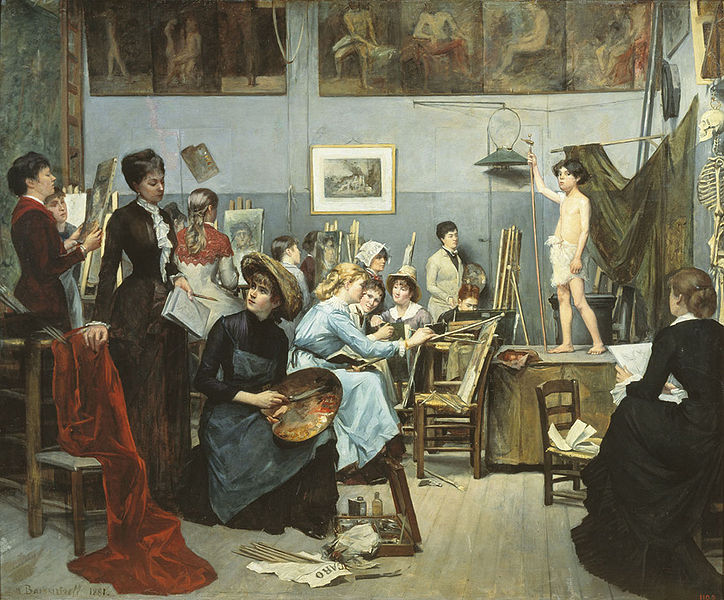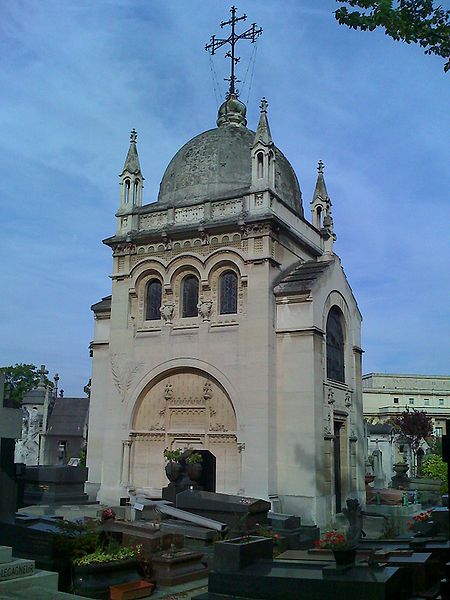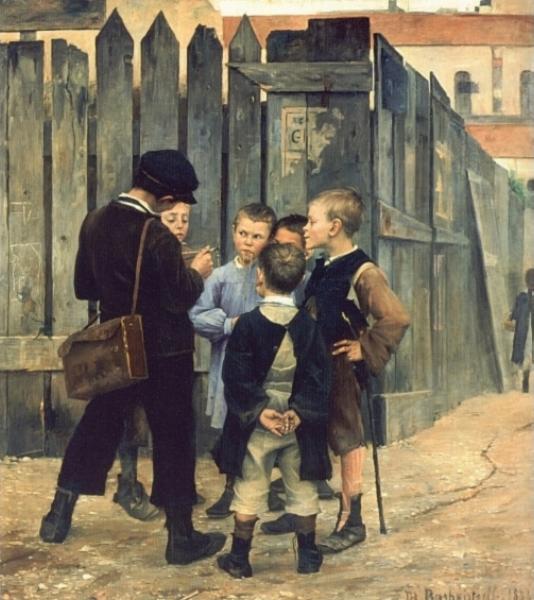<Back to Index>
- Mathematician Gerhard Karl Erich Gentzen, 1909
- Painter Maria Konstantinovna Bashkirtseva, 1858
- President of Portugal António Óscar Fragoso Carmona, 1869
PAGE SPONSOR
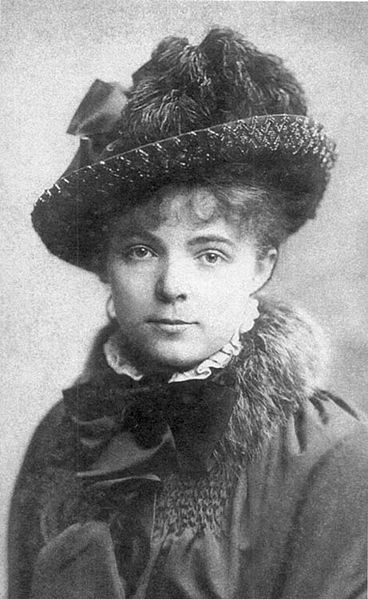

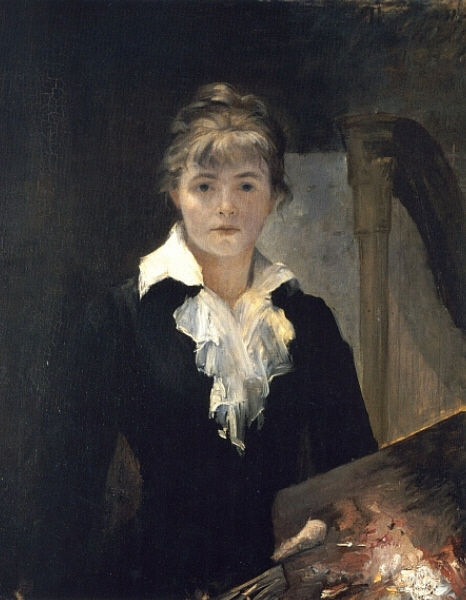
Marie Bashkirtseff (born Maria Konstantinovna Bashkirtseva, Russian: Мария Константиновна Башкирцева; 24 November 1858 — 31 October 1884) was a Ukrainian born diarist, painter and sculptor.
Born Maria Konstantinovna Bashkirtseva in Gavrontsi near Poltava, to a wealthy noble family, she grew up abroad, traveling with her mother across most of Europe. Educated privately, she studied painting in France at the Académie Julian, one of the few establishments that accepted female students. The Académie attracted young women from all over Europe and the United States. One fellow student was Louise Breslau, who Bashkirtseff viewed as her only rival. Bashkirtseff would go on to produce a remarkable body of work in her short lifetime, the most famous being the portrait of Paris slum children titled The Meeting and In the Studio, a portrait of her fellow artists at work. Unfortunately, a large number of Bashkirtseff's works were destroyed during World War II.
From the age of 13, Bashkirtseff began keeping a journal, and it is for this that she is most famous. Her personal account of the struggles of women artists is documented in her published journals, which are a revealing story of the bourgeoisie. Titled, I Am the Most Interesting Book of All, her popular diary is still in print today. The diary was cited by an American contemporary, Mary MacLane, whose own shockingly confessional diary drew inspiration from Bashkirtseff's. Her letters, consisting of her correspondence with the writer Guy de Maupassant, were published in 1891.
Dying of tuberculosis at the age of 25, Bashkirtseff lived just long enough to become an intellectual powerhouse in Paris in the 1880s. A feminist, in 1881, using the nom de plume "Pauline Orrel," she wrote several articles for Hubertine Auclert's feminist newspaper, La Citoyenne. One of her famous quotes is: Let us love dogs, let us love only dogs! Men and cats are unworthy creatures.
She is buried in Cimetière de Passy, Paris, France. Her monument is a full sized artist studio that has been declared a historic monument by the government of France. Until recently the accepted date of Bashkirtseff's birth was November 11 [Nov. 23, New Style], 1860. However, after the discovery of the original manuscript of Bashkirtseff‘s diary in the Bibliothèque nationale de France,
it was found that her diary had been abridged and censored by her
family. Her date of birth (1858 not 1860) was also falsified by her
mother. The unabridged edition of the diary, based on the original
manuscript, was published in France in 16 volumes, and excerpts (years
1873 - 1876) translated into English. I was born the 11th [elsewhere
given as the 12th of November, 1859. Actually born November 12, 1858,
by the Russian calendar; November 24, 1858, by the Gregorian calendar,
which is twelve days ahead of the Russian. The family celebrated her
birthday each year on the day they claimed she would have been born if
she had been a full - term baby — January 12 by the Russian calendar,
January 24 by the western calendar. She learns later — in Book 83,
December 29, 1878 — from her father (but does not apparently accept his
statement, as she ignores it here in her preface) that she was a
full - term baby, suggesting that she was conceived before her parents
had married and that all the mystification about her date of birth was
intended to cover up that embarrassment.] It's horrifying just to write it, but I console myself by thinking that I certainly will not have any age when you read me.
--I Am the Most Interesting Book of All: The Diary of Marie Bashkirtseff
